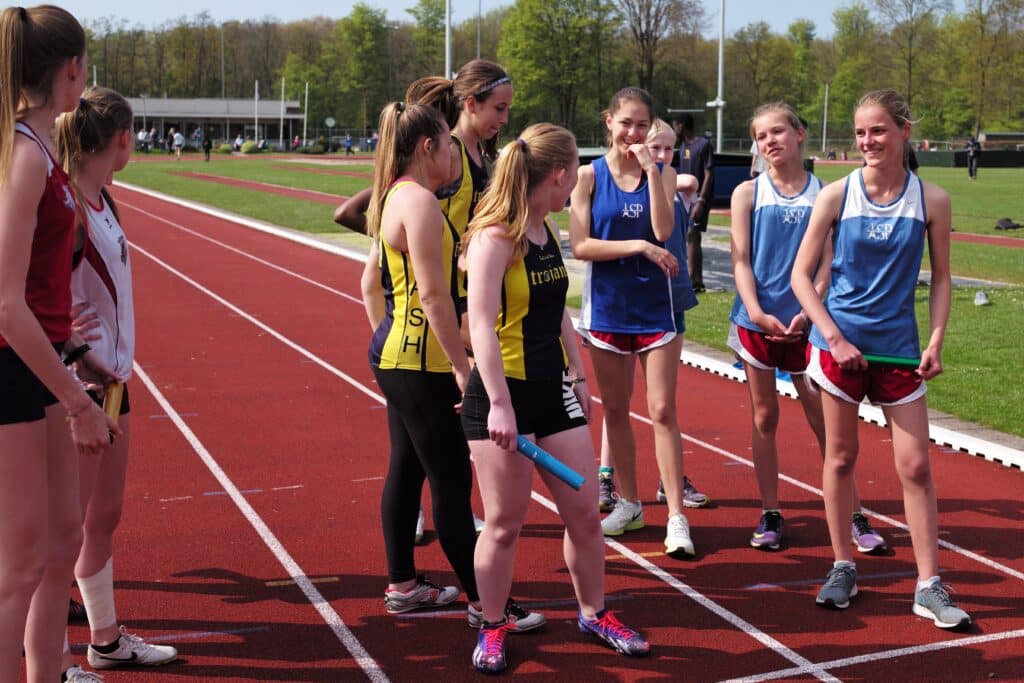Some weeks ago, one of my juniors asked me if plyometrics exercises could help him to become a faster runner.
I use to plan some high-intensity exercises during adult training, but as plyometrics are high-impact exercises, I’m questioned on their risk on junior.
Doing speed workouts (acceleration, max-speed,…) plus plyometrics exercises allow athletes to gain speed, strength, endurance, and motivation (because it is interesting to keep athletes motivated, to bring new things to training).
So, I integrate some “plyo” workouts for athletes in track events (100m, 200m, 400m, 800m 1,500m, 5,000m, and 110m hurdles), 1 time /week to low to high-intensity on several weeks and always after a complete warm-up, and accelerations.
Plyometric exercises are specialized training that takes advantage of the stretch reflex and neuromuscular system to produce powerful muscle contractions. It develops explosiveness. Plyometrics is efficient because the exercises improve muscle contraction rate.
I thought about how could I adapt my “plyo” sessions for youth athletes. I’m not an expert in physio so it’s only my feeling, feel free to give me your expertise on this.
First, I think, it’s not reasonable to start a “plyo” program before 12 years old. Before this age, I prefer to focus on acquiring a good technique, the speed focus must come after.
Then, setting up “plyo” exercises during the training (instead of a full session) is fine to begin. I won’t add a 1-time session per week before 15.
Here is an example of training sessions I’m testing with my youths, including “plyo” exercises:
- Warm-up: at least 10 minutes of easy running followed by some short accelerations and active exercises (arms circle, jumping jack, butt kicks, …)
- Exercises: I begin with lower-intensity drills and gradually progress to higher-intensity drills. At choice: jump rope, squat jump, skater hope, frog jump (a perfect way to spend five minutes laughing), step-up, or box jump
- Cool-down: some stretching
We do 2 then 3 sets of 8 to 10 repetitions on each exercise once per week (on nonconsecutive days). It seems reasonable. In the beginning, we don’t get the desired explosiveness, because learning to execute the exercises properly is important to reduce injuries. In a few weeks, I will increase to twice per week I think.
Finally, after these few weeks of testing, I think plyometric training can be safe, effective, and fun if the program is properly adapted, supervised, and progressive.
Do you use plyometrics in your youth training program? I’m curious to know your results after a full season.
Contact me on Linkedin: https://www.linkedin.com/in/oliver-curdy/
